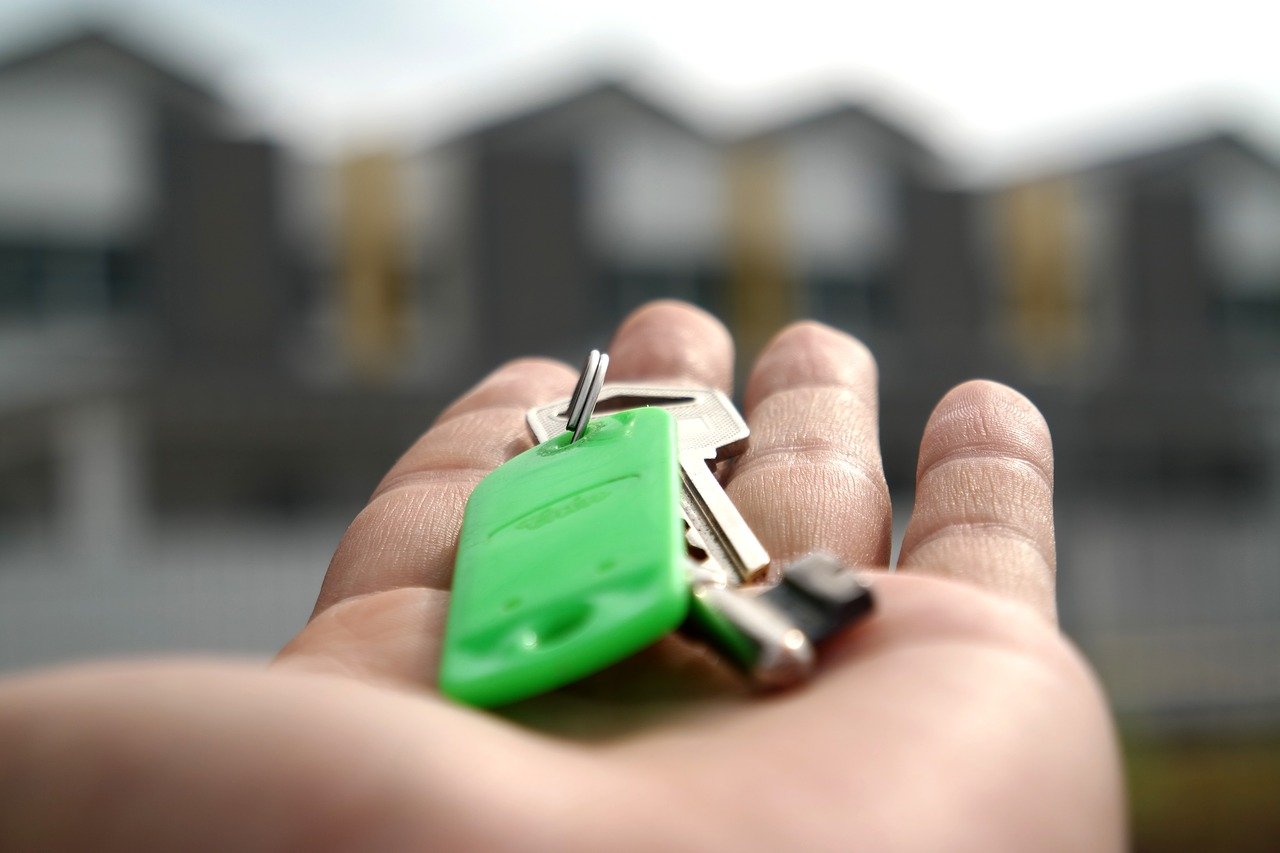As a real estate investor, it’s important to get new tenants into your property as soon as possible, so you can start making money. But it’s also important to adequately prepare your tenants for their rental.

The onboarding process is a vital step in improving tenant retention and ensuring the handover of keys goes smoothly – and there are several strategies you can use to make it even smoother.
Why Onboarding Is So Important
Onboarding is important for several reasons:
• First impressions
It’s hard to overstate the importance of first impressions. A first impression often dictates how a person feels about another individual or a situation for months, or even years to come. If you start things on the right foot, your tenant will see you – and your property – in a much more favorable light.
• Relationship building
This is also your first opportunity to build the landlord-tenant relationship. You can talk about the property, get to know each other, and set the tone for all your interactions to come.
• Setting expectations
During your initial interactions, you’ll get a chance to set expectations with your tenants. What are the rules and standards for living here? You can look your tenants in the eyes and make sure they fully understand.
Collectively, these effects have a strong influence on your tenant’s disposition, their friendliness, their potential to accommodate your requests, and even their retention.
In other words, a good onboarding process will keep your tenants around longer and minimize stress and headaches for you down the road.
Tips for Onboarding New Tenants
So what can you do to make onboarding new tenants go smoother?
1. Prioritize healthy communication
Good communication is vital when onboarding new tenants. It’s important to articulate your thoughts as clearly and directly as possible and to allow your tenants the chance to speak their mind as well. Remain as polite as you can, be transparent when answering questions, and provide extra details upon request. Any bad communication experience during the onboarding phase is going to set a bad tone for the future of the relationship.
2. Create and keep a checklist
Before going through the onboarding steps, take the time to create a full checklist. Write down everything you want to cover during onboarding and in the days that follow; this will make sure you don’t forget anything. Then, keep this checklist on hand for all your future onboarding sessions to ensure consistency.
3. Explain all your rules and expectations
Take your time explaining all the rules and expectations you have for living at this property, even if they’re spelled out in the lease agreement. Having a conversation will ensure they truly understand.
4. Get all paperwork signed (and make copies)
Obviously, you’ll need to spend some time going over the paperwork and signing it. Make sure you make multiple copies of all these important documents and give your tenants copies they can keep.
5. Get questions, comments, and concerns from your tenant
Onboarding shouldn’t be a one-directional exchange. Instead, it should be a two-way dialogue. Make sure your tenant feels comfortable opening up and ask them if they have any questions, comments, or concerns. If they do, try to address them as best you can.
6. Exchange contact information
Next, exchange contact information. You probably already have your tenant’s primary contact information on file, but this is your chance to get multiple backup forms of communication. In-kind, you should also provide your tenant with multiple ways to contact you – which may be especially important in an emergency situation.

7. Store information properly
Create a file for this tenant and store all your paperwork there. It’s important to stay organized as a landlord for multiple reasons – and onboarding is your chance to get things started on the right foot.
8. Follow up
Finally, make it a point to follow up with your tenant after a few days. Ask if they’re settling in okay and if they’ve had any issues with the property. Verify their understanding of the rules and expectations and ask if they have any follow-up questions. It shows you care about their wellbeing and gives you an opportunity for follow-up discussion if necessary.
Do note that every tenant will be different, so you may need to vary your approach slightly. For example, some tenants are mostly solitary and desire privacy, so you’ll want to respect their preferences. But others are more chatty and outgoing – and they might like to have more conversation before you part ways.
In any case, if you do your best to set expectations, communicate well, and make your tenants feel comfortable, you’re going to be rewarded. Just make sure you continue treating your tenants well consistently throughout their stay at your property.